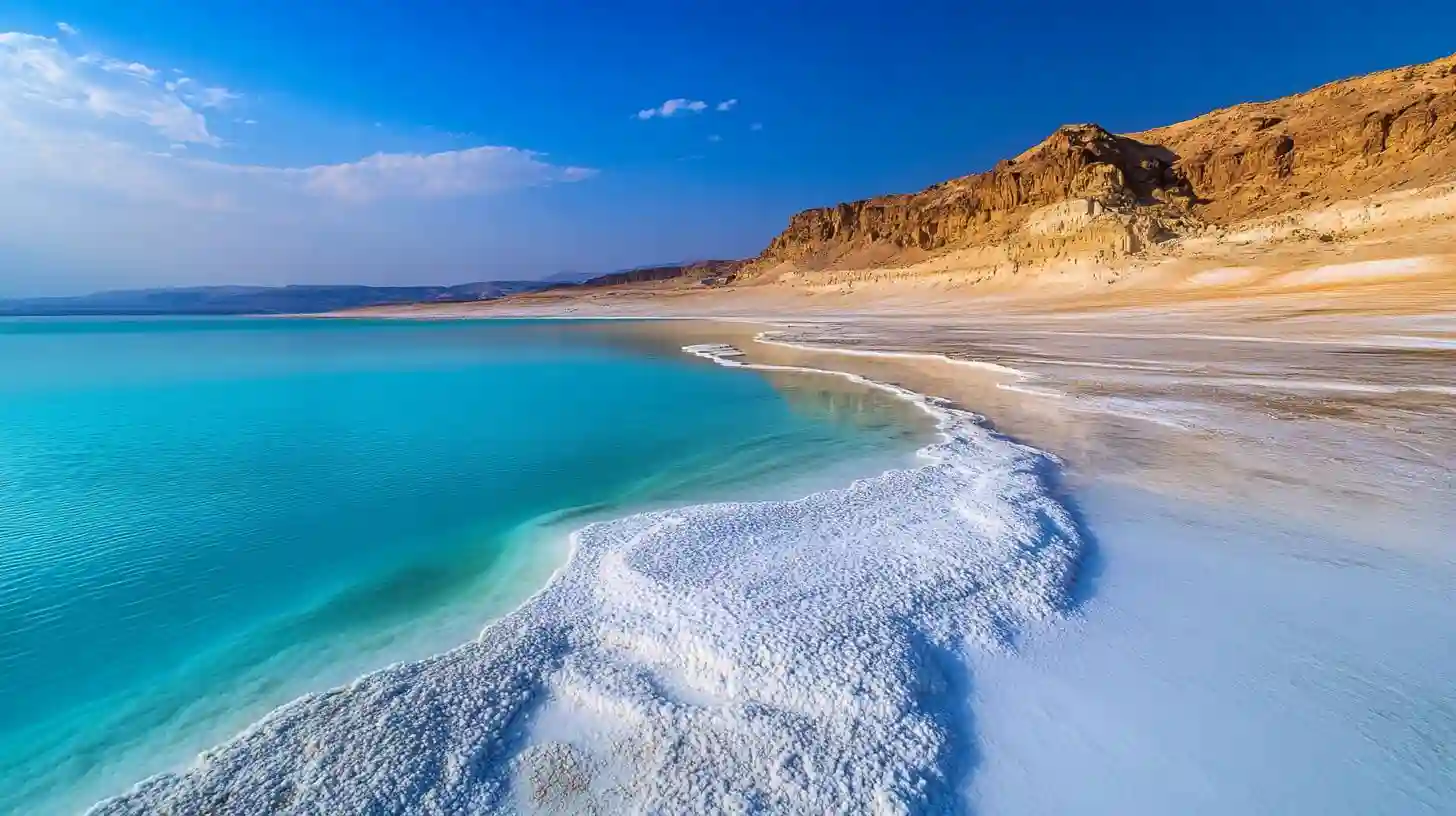
The enigmatic Dead Sea has captured the imagination of countless people for centuries, enveloped in a shroud of mystery and divine significance. Nestled between Jordan to the east and Israel and Palestine to the west, this body of water has borne witness to an astounding geological, historical, and mystical development over the millennia. The formation of the Dead Sea is much more than a simple tale; it is a narrative intricately woven with the geological, hydrological, and human aspects that make it unique.
Long before human civilizations emerged, the region that now encompasses the Dead Sea was subject to dynamic geological processes. The story of its formation begins around fifty million years ago, during the Miocene epoch, when tectonic activity was rampant. The African and Arabian tectonic plates began to diverge, leading to the creation of the Great Rift Valley—an extensive trench that extends from the northern part of Syria, stretching all the way down to Mozambique in southeastern Africa. The Dead Sea lies within this vast rift, itself a subsidiary of the colossal African Rift Valley.
As the plates continued to pull apart, the land between them began to sink, forming what is known as a graben, a depressed block of land bordered by parallel faults. This downward displacement created the geographical recess that would eventually become the Dead Sea basin. Several million years later, saltwater from the proto-Mediterranean Sea flowed into this newly formed basin, establishing a hypersaline environment that laid the groundwork for what would come.
Transitioning from the miocene to the Pliocene epoch, the basin underwent further transformative processes. Layers of sediment and minerals were deposited over millions of years. Around this time, a series of evaporitic basins formed intermittently in the region, leaving behind extensive deposits of gypsum, halite, and other minerals. Importantly, the movement of tectonic plates did not cease; instead, it intensified. Earthquakes and volcanic activities sporadically shaped and redefined regional topography, contributing to the ever-evolving landscape.
A pivotal phase in the Dead Sea's formation is highlighted by the advent of fluvial activities—the interaction of river systems that started to drain into the basin. The primordial Jordan River, among other tributaries, began to feed freshwater into the basin, starting a complex interplay between saline and freshwater inputs. This interplay is still evident today, contributing to the salinity gradients observed in the Dead Sea. During the Pleistocene epoch, which started around two and a half million years ago, climatic fluctuations significantly influenced the hydrology of the region. Glacial and interglacial cycles mitigated the inflow and evaporation rates, periodically transforming the extent and depth of this enigmatic body of water.
The intricate tapestry of geological events also included periods of lacustrine activities when large lakes occupied much of the Dead Sea basin and surrounding areas. Known as Lake Lisan, one of these prehistoric lakes existed about twenty-five thousand to thirteen thousand years ago. At its peak, Lake Lisan covered an area dramatically more extensive than the modern Dead Sea and reached depths significantly greater than the lake today. The climatic changes towards the end of the Ice Age triggered a reduction in inflow, causing substantial shrinkage of Lake Lisan and leaving behind the much smaller Dead Sea.
Geologically, one of the most fascinating aspects of the Dead Sea is its constantly shifting shoreline, punctuated by the formation of fascinating salt structures. The hypersaline nature of the water has given rise to surreal salt formations along the coasts, stalactites, and other geological structures that stand as a testament to the sea's high mineral content. Salt concentration in the Dead Sea is so high that it forms a crystalline crust on the surface and shores, at times even creating salt pillars—often referred to as "Lot's Wife" in biblical allusion.
The region around the Dead Sea is also a hotbed for seismological activity. The synergy of tectonic movements with the highly fractured crust of the region has given rise to frequent earthquakes. These seismic activities have historically contributed to both the expansion and contraction of the Dead Sea. Over centuries, the fluctuating levels of the Dead Sea and the salinity have created distinct stratifications within its waters. Layers of brine interact in complex ways, resulting in varying densities that limit vertical water movement. This stratification is crucial to the Dead Sea's unique chemical and biological properties.
While geological processes provide a framework for understanding the formation of the Dead Sea, the interplay of hydrological elements cannot be overstated. The river systems, primarily the Jordan River, have historically provided a perennial source of freshwater inflow. Seasonal rains, although sparse, and runoff from surrounding hills and mountains also play a role. However, the arid climate of the region leads to high evaporation rates, a significant factor contributing to the hypersalinity of the Dead Sea.
Aside from its physical characteristics, the Dead Sea holds an indelible place in human history and culture. Archaeological evidence suggests that the surrounding region has been inhabited for millennia. Ancient civilizations, including the Canaanites and later the Israelites, held the area in high regard. It has been referred to in several religious texts, and its salts and minerals were valuable trade commodities in ancient times. Beyond its economic importance, the Dead Sea has long been a site for wellness and therapeutic treatments. Even in ancient Egypt, Cleopatra sought the region's minerals and Dead Sea mud for cosmetic applications.
The complex factors influencing the Dead Sea are continually evolving. In contemporary times, human activities such as river damming and extraction of minerals have impacted water levels and composition, leading to increasing concerns for the future health of this unique body of water. While the Dead Sea remains a marvel of natural history and a repository of immense cultural and religious significance, it also serves as a poignant reminder of the delicate balance between natural processes and human intervention. The continuing study and preservation of this unique geographical feature will ensure that future generations can appreciate its wonders and enigmas for centuries to come.